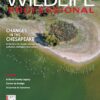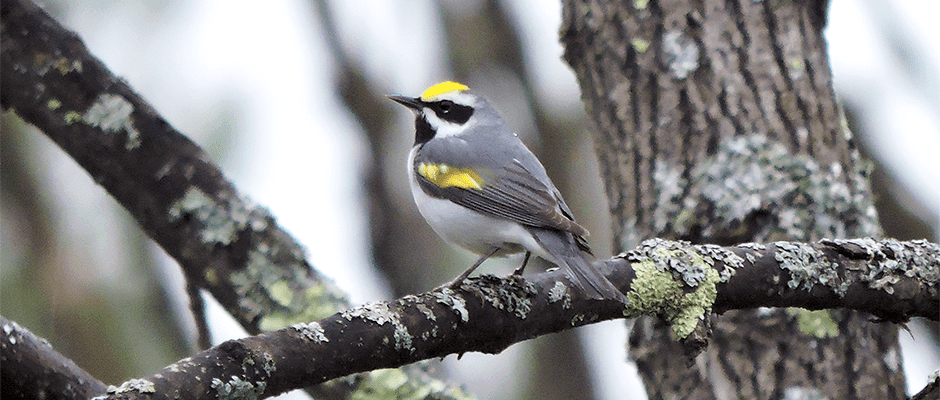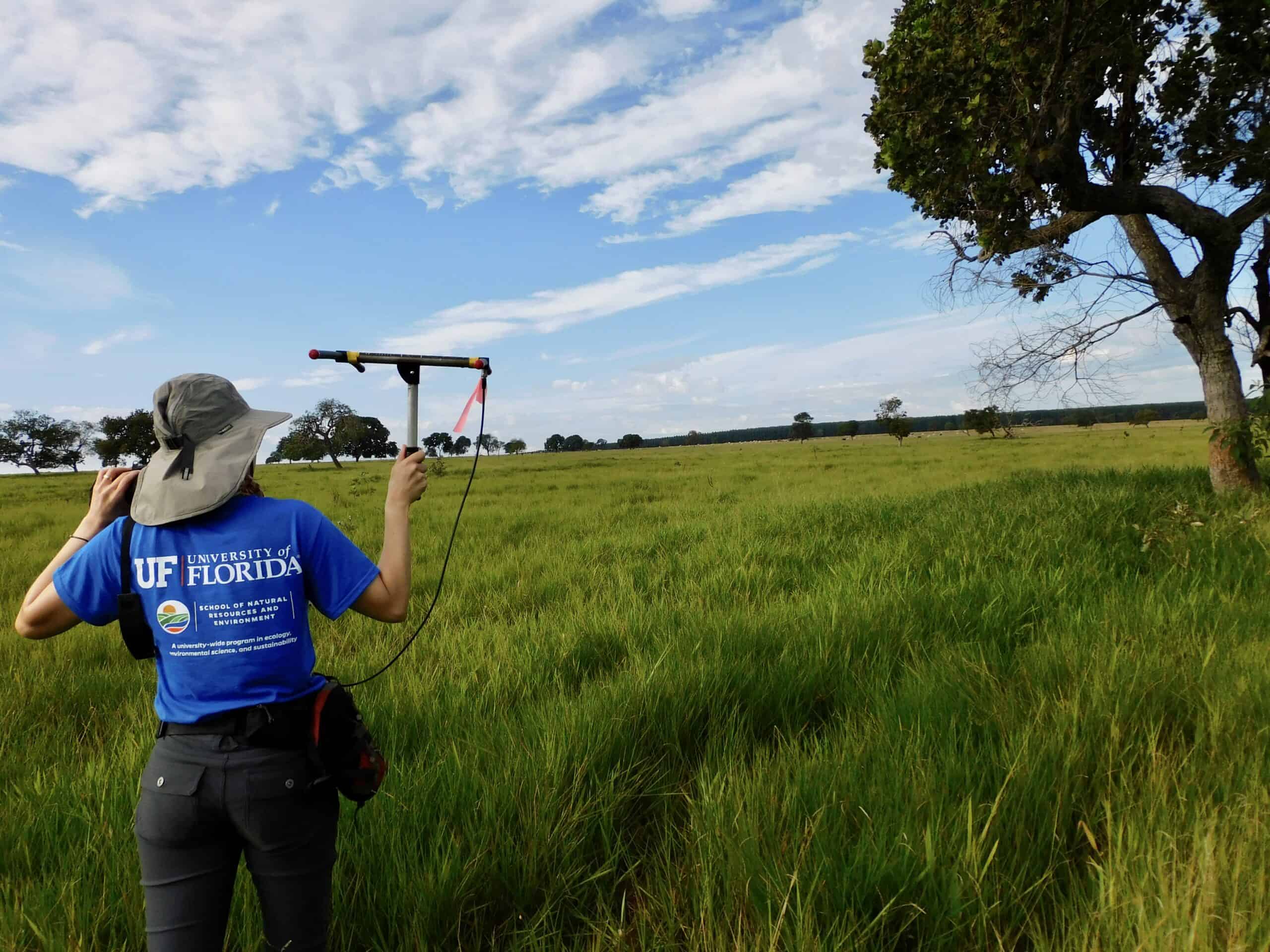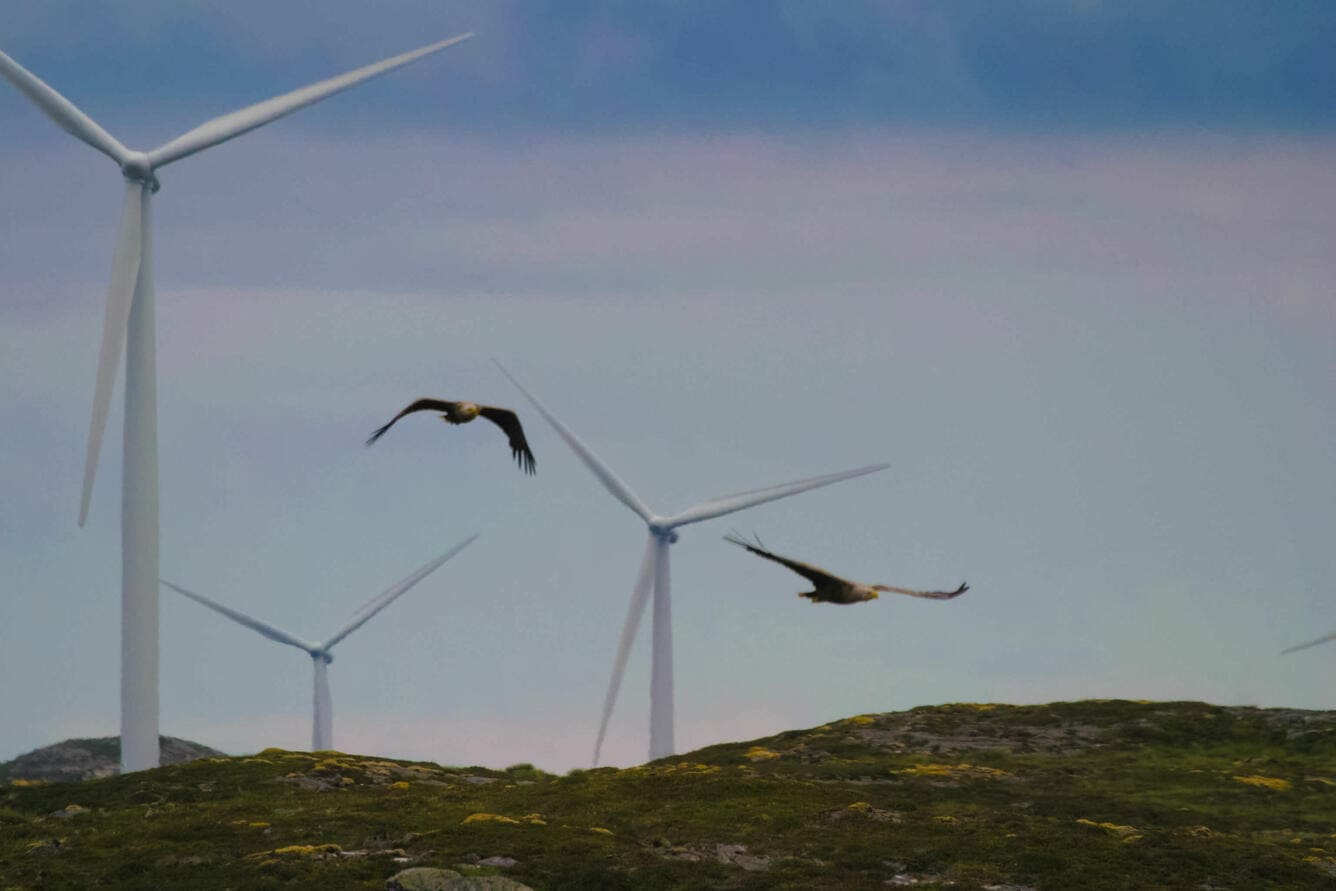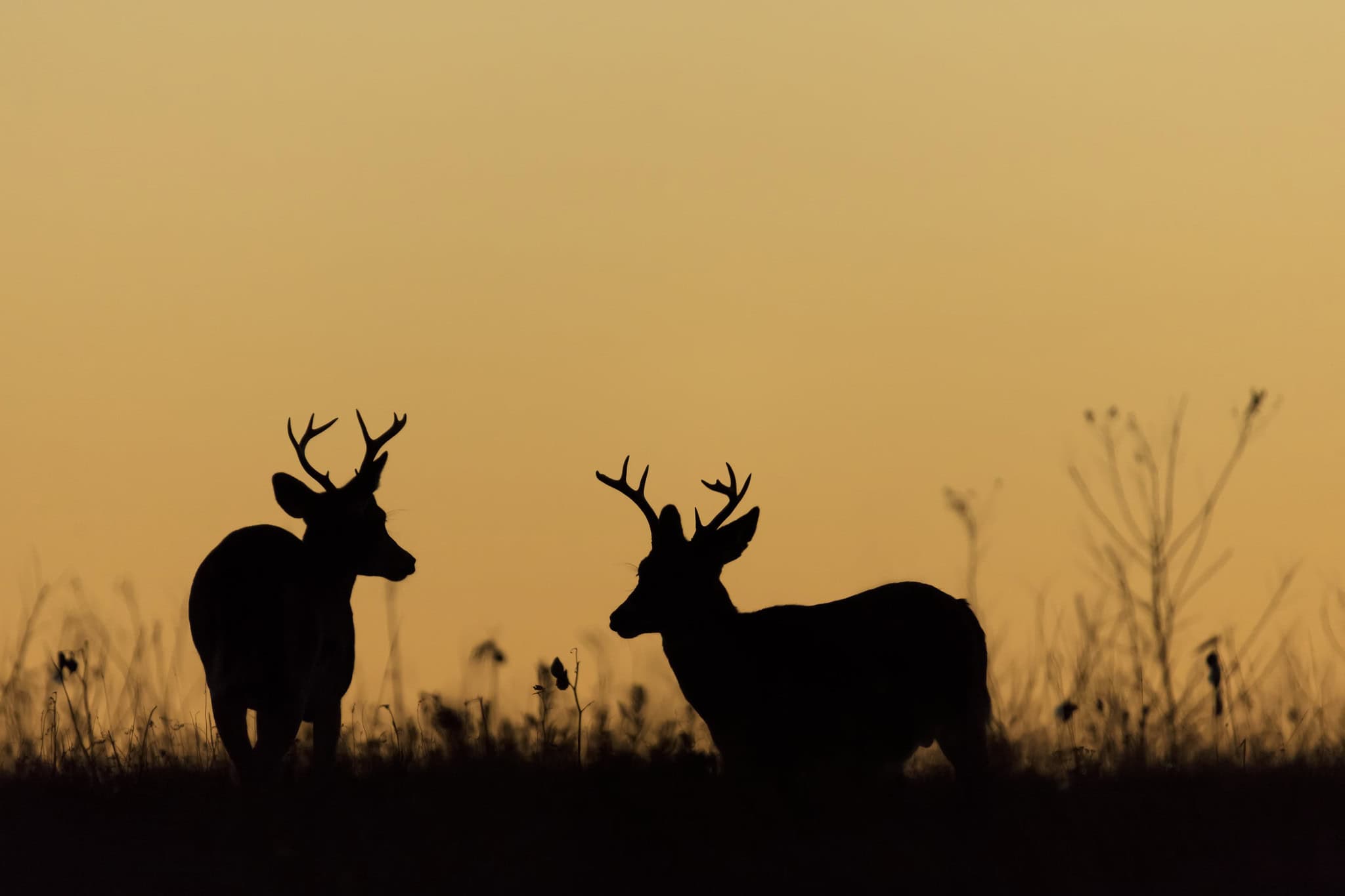Share this article
Outreach enhances landowners’ views of conservation programs
Over 70 percent of land in the continental United States is privately held, so the support of private landowners is crucial for wildlife habitat conservation. Researchers recently found that personalized outreach to private property owners in public conservation programs can improve the landowners’ experience in these initiatives, strengthen their trust for agencies and help keep them engaged in the maintenance of habitat for imperiled species.
“Better perceptions of the outcomes of conservation programs and greater trust could facilitate future habitat management,” said Seth Lutter, a Virginia Tech masters student and first author on the paper published in PLOS ONE. “For biologists and other conservation professionals, the important potential of their interactions with private landowners is something to think about.”
Lutter and his colleagues studied the influence of follow-up outreach to private landowners who’d managed their properties for young forest habitat through two programs administered by the U.S. Department of Agriculture’s Natural Resources Conservation Service. Last year, he interviewed over 100 property owners who participated in the Working Lands for Wildlife program and the Regional Conservation Partnership Program in Maryland, Minnesota, New Jersey, Pennsylvania and Wisconsin.
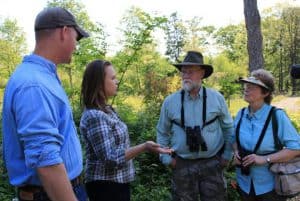
A USDA Natural Resources Conservation Service representative and a golden-winged warbler biologist meet with private landowners to discuss young forest habitat management on their property. ©Justin Fritscher
These federal programs provided landowners with technical assistance and cost-share funding to help manage for young forest habitat and supplement breeding sites for the near-threatened golden-winged warbler (Vermivora chrysoptera), which suffers habitat loss across its range in the Appalachians and Upper Great Lakes. Following the programs, Jeffery Larkin, a biology professor at Indiana University of Pennsylvania, led a project to evaluate the management’s effectiveness in creating quality habitat for the warbler and other wildlife.
Lutter and Ashley Dayer, an assistant professor with the Department of Fish and Wildlife Conservation at Virginia Tech, researched the role of outreach from field technicians whom landowners had voluntarily allowed onto their lands to monitor birds after the programs. Some landowners accompanied the technicians, who were affiliated with the Indiana University of Pennsylvania, Cornell Lab of Ornithology or American Bird Conservancy, during their site visits. Another form of outreach from these organizations arrived in the landowners’ mail— an envelope containing results from the bird surveys, a map of where counts took place, photos of species spotted and a thank you note emphasizing the significance of young forest.
“Landowners who had accompanied technicians had higher trust for the agency and thought the program had better effects for their property,” Lutter said. “The mailed results also had positive benefits, like increased knowledge about birds. It was a point of pride for some landowners who could show people, ‘Look at the different birds found on our property related to this management we did.’”
Past research has revealed that guidance from foresters and other experts can help conservation program participants manage their properties properly, he said, “but this study shows how these interactions can change what people think about the program and agency based on this shared experience of walking on their property and looking for birds.”
While limited funding and time are barriers to establishing individual connections, Lutter recommends agencies and researchers target personal outreach on private landowners when possible.
“Something as simple as taking a landowner along for a bird point count could be a good opportunity to educate, engage and show them what’s happening on their property,” he said. “Encouraging technicians to take landowners on site visits or training field staff on how to interact with landowners could maximize these opportunities.”
Lutter and Dayer are now using their landowner survey to understand how property owners manage their lands after conservation programs and why they make those choices. Dayer and her colleagues also plan to investigate the effects of outreach related to the endangered eastern hellbender salamander (Cryptobranchus alleganiensis) in southwest Virginia.
Header Image: A golden-winged warbler rests on a tree branch in Pennsylvania’s Forbes State Forest. ©D.J. McNeil

